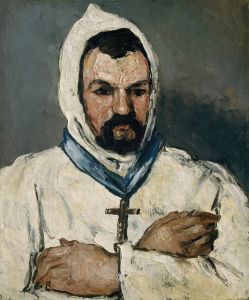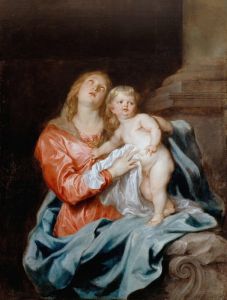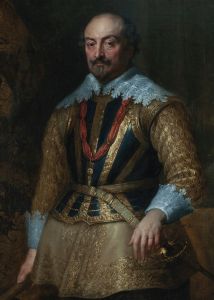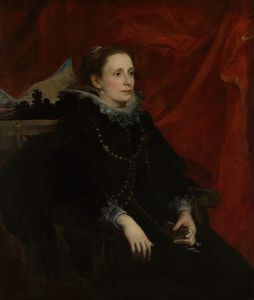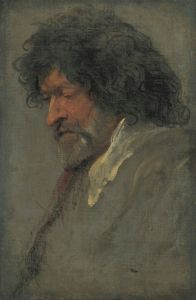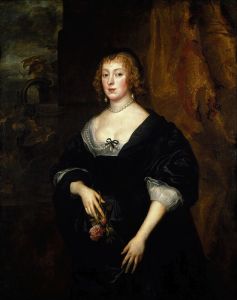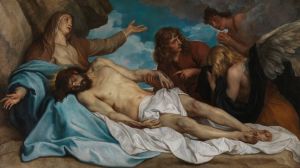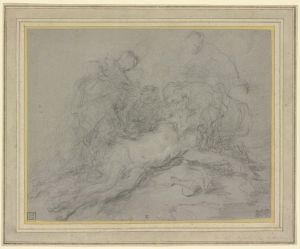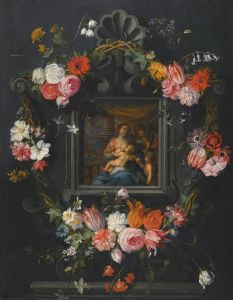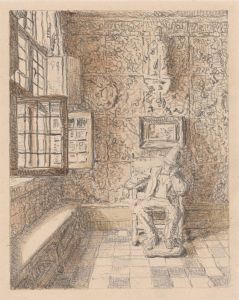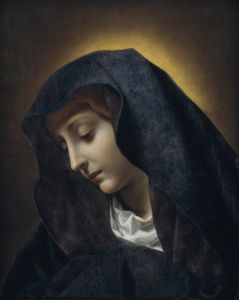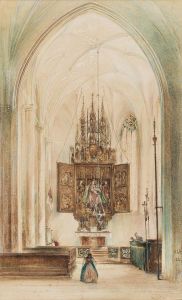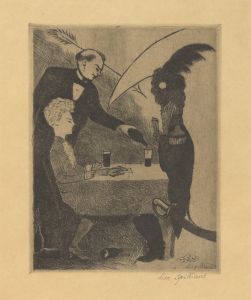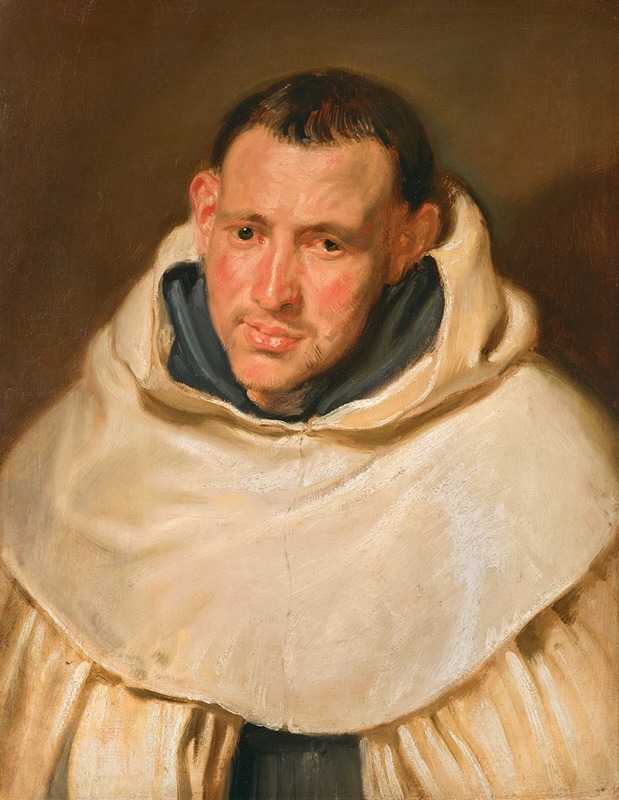
Portrait of a Carmelite monk
A hand-painted replica of Anthony van Dyck’s masterpiece Portrait of a Carmelite monk, meticulously crafted by professional artists to capture the true essence of the original. Each piece is created with museum-quality canvas and rare mineral pigments, carefully painted by experienced artists with delicate brushstrokes and rich, layered colors to perfectly recreate the texture of the original artwork. Unlike machine-printed reproductions, this hand-painted version brings the painting to life, infused with the artist’s emotions and skill in every stroke. Whether for personal collection or home decoration, it instantly elevates the artistic atmosphere of any space.
"Portrait of a Carmelite Monk" is a painting by the Flemish Baroque artist Anthony van Dyck. Created during the early 17th century, this work exemplifies van Dyck's mastery in portraiture, particularly his ability to capture the psychological depth and individuality of his sitters. The painting depicts a Carmelite monk, identifiable by his religious habit, which consists of a brown robe and a white mantle, traditional attire for members of the Carmelite Order.
Anthony van Dyck (1599–1641) was a prominent painter of the Baroque period, renowned for his portraits of European aristocracy and clergy. He was a student of Peter Paul Rubens, whose influence is evident in van Dyck's early works. However, van Dyck developed his own distinctive style, characterized by elegance, subtlety, and a focus on the sitter's personality.
The subject of "Portrait of a Carmelite Monk" remains unidentified, as no historical records provide conclusive information about the monk's identity. The painting is notable for its simplicity and solemnity, reflecting the ascetic lifestyle of the Carmelite Order. Van Dyck's use of light and shadow enhances the contemplative mood of the portrait, drawing attention to the monk's serene expression and spiritual demeanor. The muted color palette and restrained composition further emphasize the subject's humility and devotion.
The exact date of the painting's creation is uncertain, but it is generally attributed to van Dyck's early career, possibly during his time in Antwerp or shortly after his travels to Italy. During this period, van Dyck produced numerous religious works and portraits, often commissioned by the Catholic Church or wealthy patrons.
The painting is currently housed in the Kunsthistorisches Museum in Vienna, Austria, where it is part of the museum's extensive collection of European art. It is considered an important example of van Dyck's ability to convey both the physical likeness and the inner character of his subjects.
As with many works from this era, the painting has undergone conservation efforts to preserve its condition. Despite the passage of time, "Portrait of a Carmelite Monk" continues to be admired for its artistic quality and its insight into the religious and cultural context of the 17th century.






